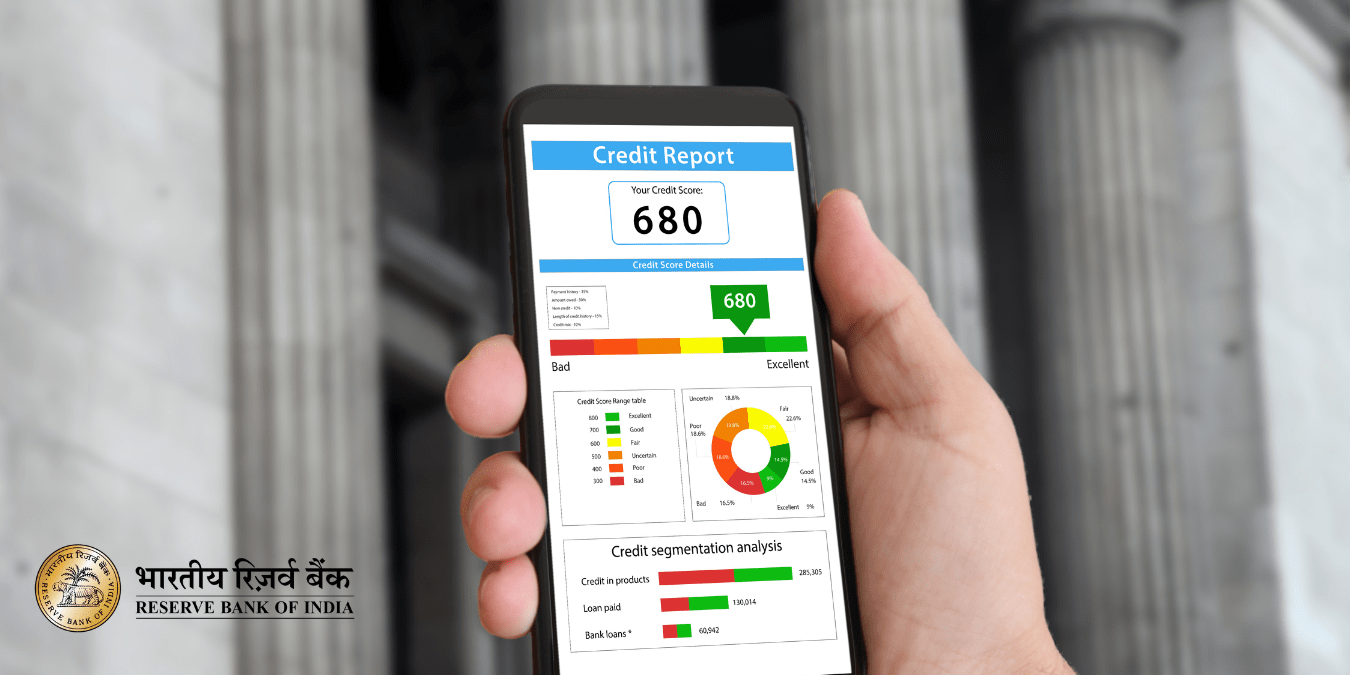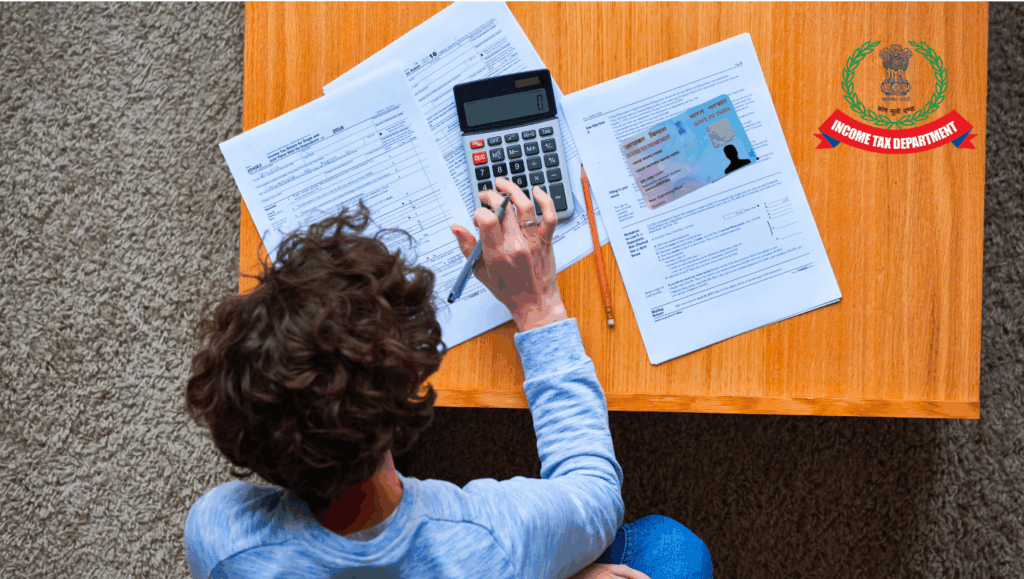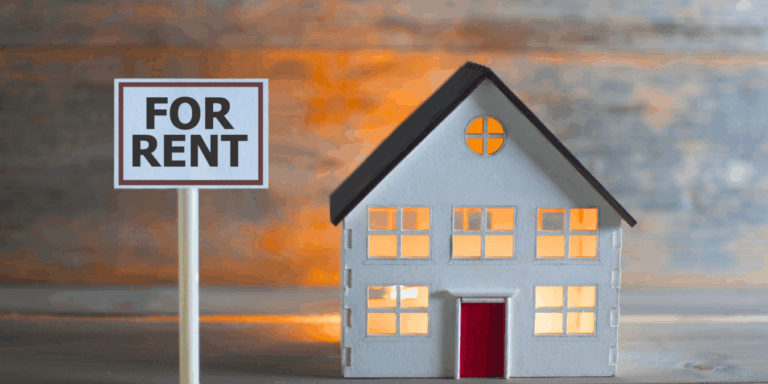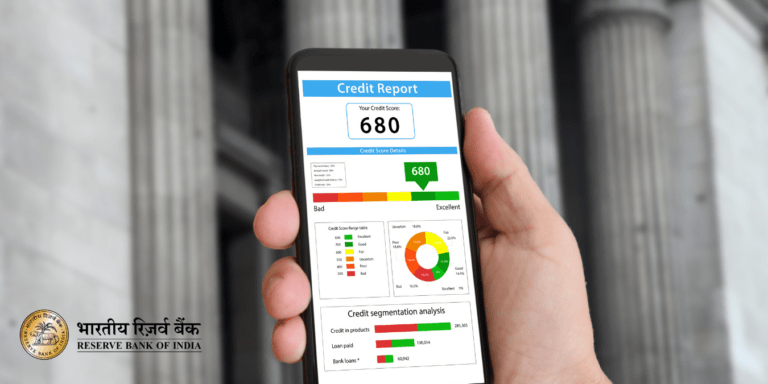
” Government-approved housing scheme for the weaker sections. Learn about its benefits, eligibility criteria, and how it aims to provide affordable housing solutions to millions. Stay informed and secure a better future for your family. “
In a significant move aimed at addressing the housing needs of the economically weaker sections (EWS) of society, the government has approved a new housing scheme. This initiative, known as the Antyodaya Gruha Yojana, is set to transform the lives of thousands of families by offering financial assistance and incentives for the construction of permanent homes.This initiative is designed to provide affordable housing solutions to those who have been struggling to secure a roof over their heads. The scheme is expected to have a far-reaching impact on the lives of millions, offering them a chance to live with dignity and security. In this blog post, we will delve into the details of this housing scheme, its benefits, eligibility criteria, and how it aims to transform the lives of the weaker sections of society.
Understanding the Need for the Housing Scheme
The housing crisis in India has been a persistent issue, with a significant portion of the population living in inadequate conditions. According to a report by the Ministry of Housing and Urban Affairs, over 1.77 crore urban households are in need of affordable housing. The situation is even more dire in rural areas, where the lack of proper housing infrastructure exacerbates poverty and inequality.
The government’s decision to approve a housing scheme for the weaker sections is a response to this pressing need. The scheme aims to provide affordable housing to those who fall under the Economically Weaker Sections (EWS) and Low-Income Groups (LIG) categories. By doing so, the government hopes to improve the living standards of these sections, reduce poverty, and promote social inclusion.
To provide a clearer picture of the scheme’s impact, here are some statistics:
- Budget Allocation: The government has allocated ₹7,550 crore for the Antyodaya Gruha Yojana.
- Housing Units: The scheme aims to approve 2,25,000 new housing units within three years.
- Financial Assistance Increase: The financial support under the initiative has been increased from ₹1.2 lakh to ₹1.8 lakh per housing unit.
- Survey and Identification: A comprehensive survey will be conducted to identify eligible families who have not benefited from existing housing schemes.
- Job Creation: The construction of new homes is expected to create approximately 1,00,000 job opportunities in the construction sector.
Objectives of the Antyodaya Gruha Yojana
The primary objectives of the Antyodaya Gruha Yojana are:
- Affordable Housing Units: The scheme will provide affordable housing units to eligible beneficiaries. These units will be constructed in urban and rural areas, ensuring that the housing needs of both populations are met.
- Subsidized Interest Rates: To make the scheme more accessible, the government will offer subsidized interest rates on home loans. This will reduce the financial burden on beneficiaries, making it easier for them to afford the housing units.
- Infrastructure Development: The scheme will also focus on developing the necessary infrastructure around the housing units. This includes the construction of roads, water supply systems, sewage systems, and electricity connections. The aim is to create sustainable and livable communities.
- Public-Private Partnerships (PPP): The government will collaborate with private developers to implement the scheme. This partnership will ensure that the housing units are constructed efficiently and meet the required quality standards.
- Transparent Allocation Process: The allocation of housing units will be done through a transparent and fair process. Beneficiaries will be selected based on predefined eligibility criteria, and the allocation will be done through a lottery system to ensure fairness.
Key Features of the Scheme
The Antyodaya Gruha Yojana includes several key features designed to ensure its success and effectiveness:
- Financial Assistance: Beneficiaries will receive financial assistance of ₹1,20,000 to construct a 25 sq m house, excluding the toilet area.
- Incentives for Swift Completion: Beneficiaries who complete their houses within four to six months of receiving the first installment will receive additional rewards of ₹20,000 or ₹10,000, depending on their scheme category.
- Redefinition of Permanent Housing: Only structures with cement-bonded walls and RCC roofs will be considered permanent dwellings. Houses with asbestos, tin, or tile roofs will be classified as temporary structures.
- Inclusive Family Units: The scheme redefines family units to include husband, wife, dependent parents, and children, enabling more families to access housing benefits.
Target Beneficiaries
The scheme specifically targets families affected by natural or man-made disasters, those displaced by government projects, households with differently-abled primary earners, Forest Rights Act beneficiaries, and eligible families who haven’t benefited from existing housing schemes.
Implementation Strategy
The implementation strategy of the Antyodaya Gruha Yojana involves a multi-faceted approach:
- Project Approval: Each project under the scheme receives endorsement from the Central Government, followed by execution at the state level.
- Transparent Processes: The use of technology, such as mobile applications, ensures oversight and accountability.
- Collaboration with Stakeholders: Engaging state governments, local organizations, and private entities actively in construction and execution.
Funding and Financial Model
The scheme is funded through a blend of central and state governmental financing. This model ensures that adequate resources are available for the successful implementation of the scheme.
Expected Impact
The Antyodaya Gruha Yojana is expected to have a profound impact on the lives of economically weaker sections:
- Improved Living Standards: By providing permanent housing, the scheme aims to improve the living standards of the beneficiaries.
- Economic Upliftment: The construction of new homes will create job opportunities in the construction sector, contributing to economic growth.
- Social Inclusion: The scheme promotes social inclusion by ensuring that vulnerable sections of society have access to safe and secure housing.
Eligibility Criteria for the Housing Scheme
To ensure that the benefits of the scheme reach the intended beneficiaries, the government has laid down specific eligibility criteria. These criteria are designed to identify those who are most in need of affordable housing.
- Income Criteria: The scheme is primarily targeted at individuals and families belonging to the Economically Weaker Sections (EWS) and Low-Income Groups (LIG). The income criteria for these categories are defined by the government and may vary depending on the region.
- Residency Requirements: Applicants must be residents of the area where the housing units are being constructed. This ensures that the benefits of the scheme are localized and reach those who are most in need.
- No Prior Ownership: Applicants should not own any residential property in their name or in the name of any family member. This criterion ensures that the scheme benefits those who are genuinely in need of housing.
- Age Criteria: The primary applicant must be above a certain age (usually 21 years) to be eligible for the scheme. This criterion ensures that the beneficiaries are capable of managing the responsibilities that come with homeownership.
- Documentation: Applicants will be required to submit various documents, including proof of income, residency, and identity. These documents will be verified to ensure that the eligibility criteria are met.
Benefits of the Housing Scheme
The housing scheme for the weaker sections offers numerous benefits, both for the beneficiaries and for society as a whole.
- Improved Living Standards: The primary benefit of the scheme is that it provides affordable housing to those who need it the most. This will significantly improve the living standards of the beneficiaries, offering them a safe and secure place to live.
- Reduction in Poverty: Access to affordable housing can have a direct impact on poverty levels. By reducing the financial burden of housing, the scheme will free up resources that can be used for other essential needs, such as education and healthcare.
- Social Inclusion: The scheme promotes social inclusion by providing housing to marginalized sections of society. This will help bridge the gap between different socio-economic groups and promote a more equitable society.
- Economic Growth: The construction of housing units and the development of infrastructure will create numerous job opportunities. This will stimulate economic growth and contribute to the overall development of the region.
- Sustainable Communities: The focus on infrastructure development and sustainable construction practices will create livable and environmentally friendly communities. This will have a positive impact on the quality of life of the residents and the surrounding environment.
Implementation and Challenges
While the housing scheme is a commendable initiative, its successful implementation will require careful planning and execution. There are several challenges that the government and its partners will need to address to ensure the scheme’s success.
- Land Acquisition: One of the major challenges in implementing the scheme is the acquisition of land for construction. The government will need to ensure that land is acquired in a fair and transparent manner, without displacing existing communities.
- Funding: The scheme will require significant funding, both from the government and private partners. Ensuring a steady flow of funds will be crucial for the timely completion of the housing units.
- Quality Control: Maintaining the quality of construction will be essential to ensure that the housing units are safe and durable. The government will need to establish strict quality control measures and monitor the construction process closely.
- Coordination: The success of the scheme will depend on effective coordination between various stakeholders, including government agencies, private developers, and local communities. Clear communication and collaboration will be key to overcoming any challenges that arise during implementation.
The approval of the Antyodaya Gruha Yojana marks a significant step towards achieving the goal of “Housing for All.” By addressing the housing needs of economically weaker sections, the scheme promises to transform the lives of thousands of families across the state. With its comprehensive approach and focus on sustainability, the Antyodaya Gruha Yojana is set to become a cornerstone of the government’s efforts to provide adequate housing for all.
-
RBI’s New Weekly Rule: Why You Must Pay Your Bills Before These 5 Dates Every Month
Your 30-day financial “invisibility cloak” vanishes in 2026. The RBI’s new weekly credit reporting rule exposes your loan stacking
-
Indian Stock Market Trends: Sensex, Nifty Outlook & Top Picks (Dec 4, 2025)
India’s GDP just hit 8.2%, so why is the Nifty bleeding below 26k? A rare economic anomaly—0.3% inflation
-
The 5-Day Digital Siege: What the Government Didn’t Tell You About the Sanchar Saathi U-Turn
The government’s 5-day digital siege failed after Apple planned a secret war. But they left a hidden loophole—a































